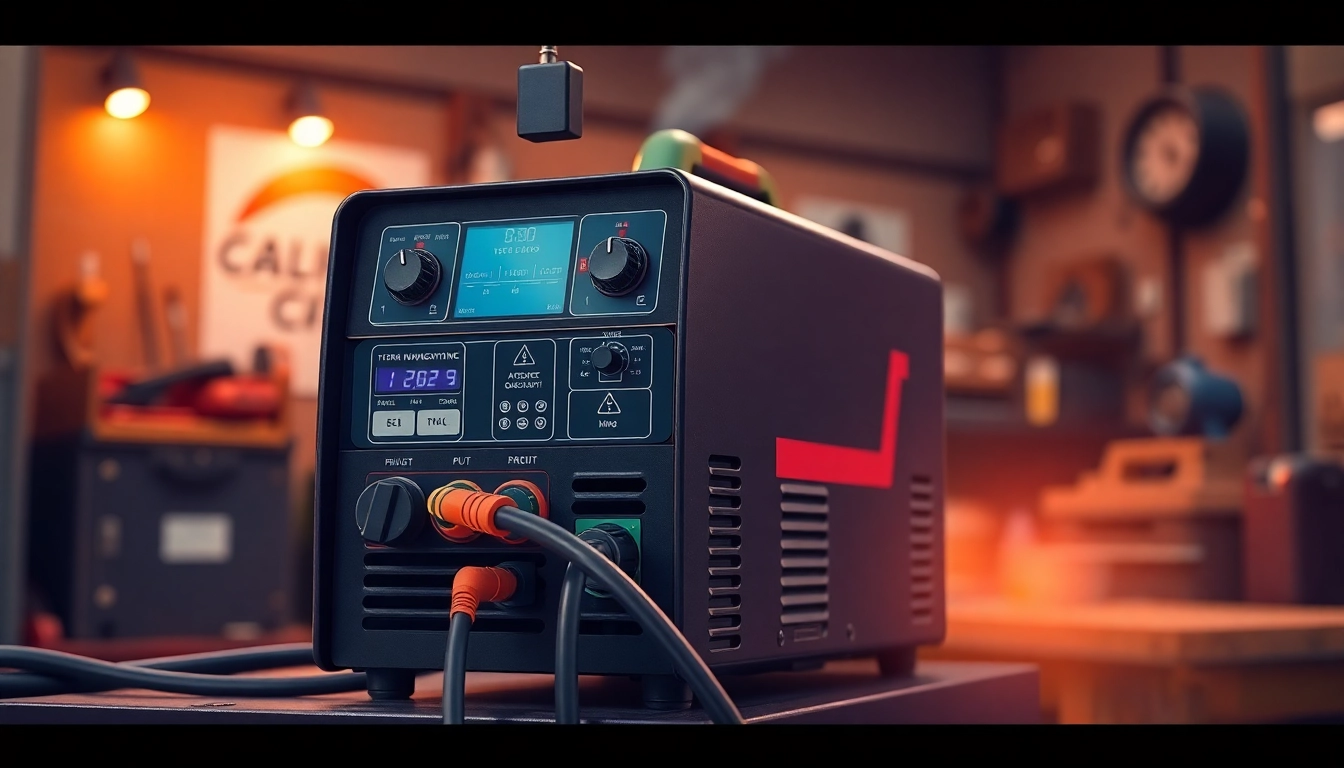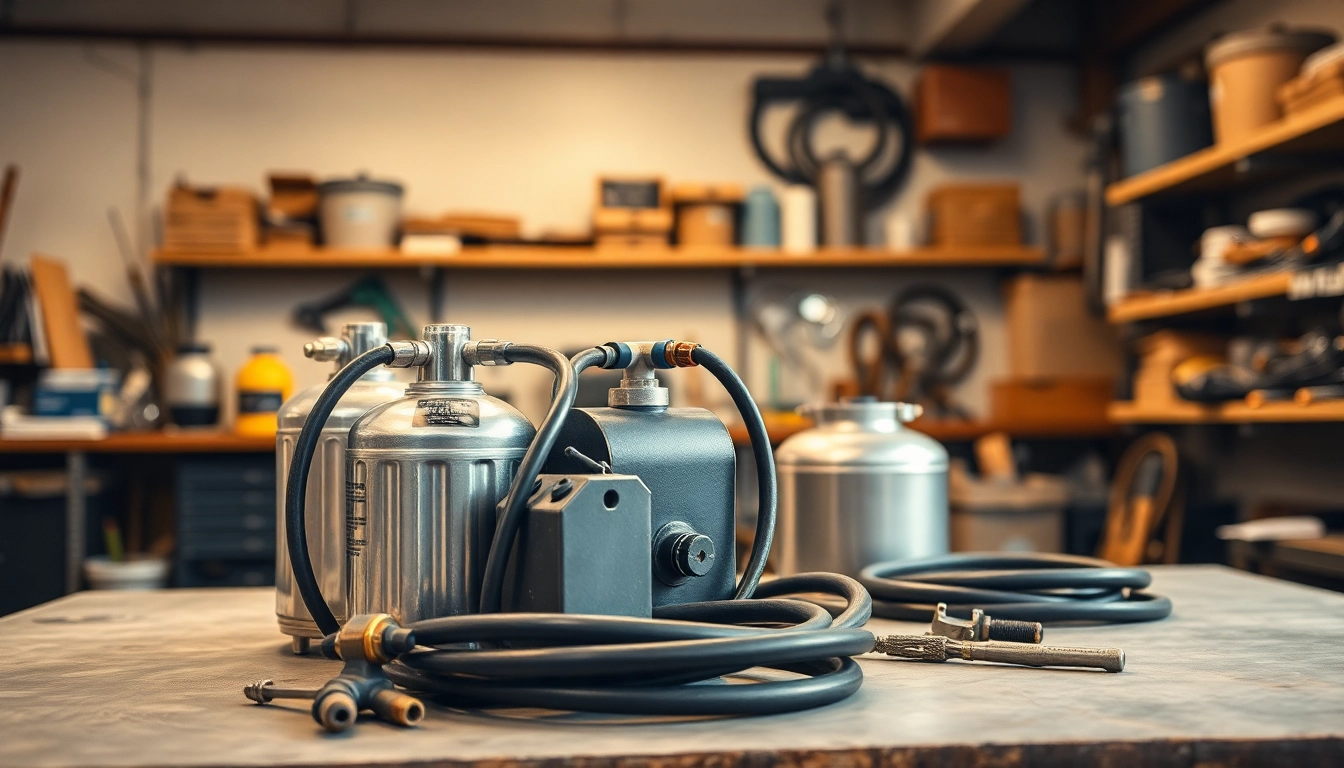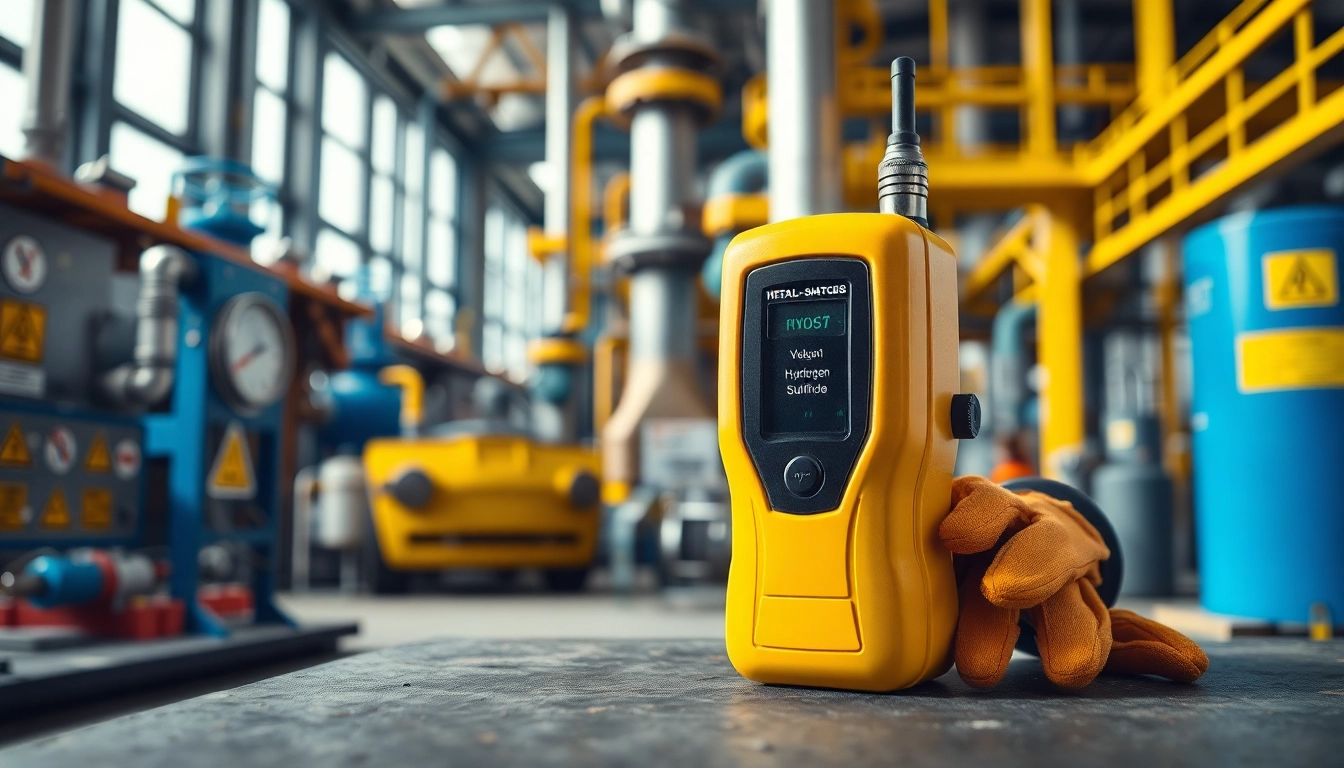Understanding AC DC TIG Welders
What is an AC DC TIG Welder?
An AC DC TIG welder is a versatile welding machine that uses two types of electric current: alternating current (AC) and direct current (DC). This dual capability allows it to weld a wide variety of metals, making it an essential tool for both hobbyists and professionals in the welding industry. AC is particularly effective in welding non-ferrous metals like aluminum, where it helps clean the surface oxide present. In contrast, DC is ideal for welding ferrous materials, such as steel and stainless steel, providing a more stable arc and better penetration.
Advantages of Using AC DC TIG Welders
One of the primary advantages of AC DC TIG welders is their flexibility. The ability to switch between AC and DC allows users to tackle diverse welding projects. Whether you are working on aluminum frames or stainless steel pipes, an AC DC TIG welder can handle it all. Additionally, these welders produce high-quality welds with minimal spatter, improving the overall appearance and strength of the weld. Furthermore, they are also compatible with various shielding gases, providing further versatility in application.
Common Applications for AC DC TIG Welding
AC DC TIG welding finds applications in numerous fields, including aerospace, automotive, and manufacturing. It is widely used for tasks such as:
- Aluminum Fabrication: The cleaning action of AC makes it ideal for aluminum welding, especially for applications in the aerospace and automotive sectors.
- Pipe Welding: With its precision and ability to produce clean, strong joints, AC DC TIG welding is extensively used in oil and gas pipeline construction.
- Artistic Metalwork: Many artists and fabricators use TIG welding for creating sculptures and artistic pieces due to its fine control and minimal heat input.
- Maintenance and Repair: The versatility of both AC and DC current allows for effective maintenance welding in various repairs across different industries.
Choosing the Right AC DC TIG Welder
Key Features to Consider
When selecting an AC DC TIG welder, several key features should be taken into consideration:
- Power Output: Determine the amperage range needed for your projects. Higher amperage allows for thicker materials to be welded.
- Duty Cycle: This indicates how long the welder can operate without overheating. A higher duty cycle is beneficial for professional use.
- Portability: If you plan to move the welder frequently, consider its weight and whether it has a robust handle and wheels for easy transportation.
- Control Features: Look for features like advanced arc control, pulse options, and the ability to adjust the AC cleaning cycle.
Comparative Analysis with Competitor Welders
When comparing AC DC TIG welders from various manufacturers, consider well-known brands like Miller, Lincoln Electric, and Everlast. Each brand has unique offerings:
- Miller: Known for their high-quality construction and reliability, Miller welders often feature advanced technology like Auto-Set and various customizable parameters.
- Lincoln Electric: Offers a range of user-friendly welders with built-in safety features. They are renowned for their durable and performance-driven machines.
- Everlast: Provides budget-friendly options without sacrificing quality. They have a wide selection of models, making them an excellent choice for beginners.
Cost vs. Quality: Finding the Best Value
Investing in an AC DC TIG welder involves examining the balance between cost and quality. While budget models may save money initially, they might not offer the features or durability of more expensive units. It’s beneficial to consider long-term costs, including repairs and the need for replacement parts. Reading customer reviews and seeking recommendations from industry professionals can also guide you to a reliable machine that provides excellent value for money. Be sure to check resources like ac dc tig welder reviews for detailed insights.
Expert Tips for Operating Your AC DC TIG Welder
Essential Safety Precautions
Safety should always be a priority when operating any welding machine, including AC DC TIG welders. Here are essential safety precautions to keep in mind:
- Protective Gear: Always wear appropriate protective gear, including gloves, welding helmets with proper lens protection, and flame-resistant clothing.
- Ventilation: Ensure adequate ventilation to avoid the accumulation of harmful fumes and gases that can result from welding activities.
- Fire Safety: Keep a fire extinguisher nearby and ensure that the workspace is free of combustible materials.
Best Practices for High-Quality Welds
To achieve superior weld quality with an AC DC TIG welder, follow these best practices:
- Clean Metal Surface: Always clean the metal surfaces before welding to remove any contaminants, such as dirt, rust, or oil.
- Set Correct Parameters: Take time to set your machine correctly regarding current type, amperage, and gas flow rates based on the materials being welded.
- Practice Precision: Maintain control over the torch movement and speed. Consistency is key to achieving even and strong welds.
Maintaining Your Welder for Longevity
Proper maintenance is crucial for extending the lifespan of your AC DC TIG welder:
- Regular Cleaning: Clean the welder regularly to avoid dust accumulation and ensure optimal performance.
- Inspect Components: Regularly inspect all consumables, cables, and connections for wear. Replace any damaged components immediately.
- Calibration Checks: Periodically recalibrate your welder to ensure that settings are still accurate and functioning as expected.
Common Challenges in AC DC TIG Welding
Troubleshooting Common Issues
TIG welding with AC DC welders may come with its set of challenges. Here are some common issues along with troubleshooting tips:
- Inconsistent Arc: This can often be caused by incorrect settings or an improper gas flow rate. Ensure that parameters are adjusted correctly and that the gas flow is sufficient.
- Tungsten Burn-off: If burn-off occurs frequently, it might indicate that the settings are too high. Lower your amperage and ensure proper tungsten sizing for the material.
- Excessive Spatter: For materials like steel, excessive spatter may mean you need to adjust your feed speed or amperage.
Tips for Beginners: Overcoming Hurdles
For beginners, mastering AC DC TIG welding can be daunting. Here are some tips to help overcome initial challenges:
- Start on Simple Projects: Begin with simple materials and shapes to gain confidence before tackling complex designs.
- Watch Tutorials: Leverage online resources and videos that provide insight into specific techniques and settings.
- Practice Regularly: Consistent practice is key. Set aside regular time to hone your skills, focusing on different kinds of metals.
Expert Advice for Advanced Techniques
For experienced welders looking to expand their skills, consider these advanced techniques:
- Pulsed TIG Welding: This advanced technique allows for better control over the heat and metal flow, which can help with thin material welding.
- Multi-Process Welding: Learning to use your AC DC TIG welder alongside MIG and stick welding processes can further enhance versatility.
- Welding Position: Mastering different welding positions (flat, horizontal, vertical) can help in adapting to more significant and complex projects efficiently.
Future Trends in TIG Welding Technology
Innovations in AC DC Welder Design
As technology progresses, AC DC TIG welders are experiencing remarkable innovations. Manufacturers are integrating features such as advanced digital displays, programmable settings, and enhanced energy efficiency into the design. This not only improves usability but also caters to the evolving needs of professional welders who seek precision and reliability in their equipment.
The Impact of Automation on TIG Welding
The welding industry is witnessing an increased use of automation to enhance efficiency and safety. Robotic TIG welding systems are becoming more prevalent in manufacturing, particularly for repetitive tasks in automotive assembly and other heavy industries. This shift toward automation helps reduce human error, speeds up production rates, and ensures consistent quality.
Adaptations for Evolving Industry Standards
With the ever-changing regulations concerning safety and environmental impact, AC DC TIG welders are adapting to meet industry standards. Innovations such as better energy efficiency, reduced emissions, and improved safety features are on the rise, ensuring that welding processes remain compliant while being cost-effective. As industries continue to evolve, keeping abreast of these changes is crucial for any professional welder.



